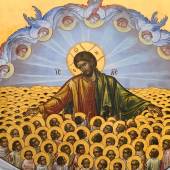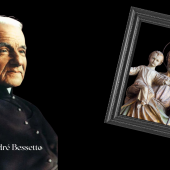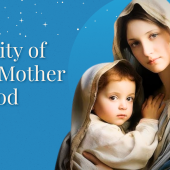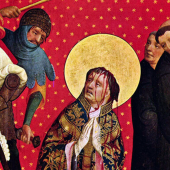Saints Andrew Kim Taegon, Paul Chong Hasang, and companions’ stories of faith and courage
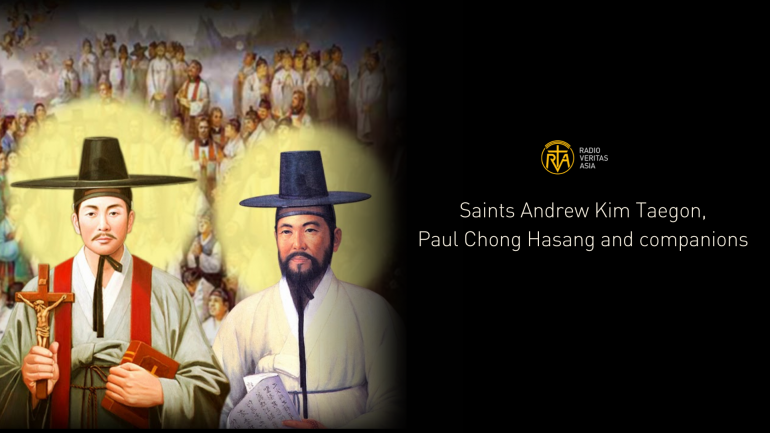
On September 20, the Church honors Saint Andrew Kim Taegon, who passed away on September 16, 1846, and Saint Paul Chong Hasang and Companions, who died between 1839 and 1867.
The first native Korean priest was Andrew. When he was born, his parents were believers. When Andrew was 15 years old, he had a baptism before embarking on a 1,300-mile journey to the school in Macau, China.
After six years, he crossed Manchuria on his way back to Korea. He traveled by ship across the Yellow Sea to Shanghai that same year, where he received his priestly ordination.
When he returned to his home, he was instructed to organize the admission of other missionaries by a water route to avoid the border patrol.
He was apprehended along the Han River, which is close to Seoul, South Korea's largest city, and was then brutally assaulted before being killed.
The father of Andrew, Ignatius Kim, passed away in 1839 because he was a victim of persecution. After that, in 1925, he received legal recognition and the distinction of being referred to as a "blessing. " A married layman named Paul Chong Hasang died in 1839 at the age of 45.
Along with other saints, Columba Kim, a 26-year-old lady who had never been married, died in 1839. She was imprisoned and exposed to flames and burning objects. She and her sister Agnes were placed in a cell with others who had already been given punishment orders after being stripped of their garments.
Even though they were in this circumstance, they did not experience any form of sexual harassment or assault. It stopped happening to other women when Columba spoke about how degrading she believed the practice was. They both had their heads severed.
A 13-year-old youngster named Peter Ryou had severe cuts on his skin, which enabled him to rip off chunks and hurl them at the panel of judges. The cause of his death was determined to be strangulation.
Protase Chong, a 41-year-old nobleman, was forced to abandon his religious beliefs before being released from prison. After that, he returned and abandoned his religious beliefs, which resulted in his torturous demise.
The introduction of Christianity to Korea began with the Japanese invasion in 1592. Numerous Koreans were baptized during the invasion, most likely because of the influence of the Christian Japanese soldiers.
Being cut off from the rest of the world by choice made evangelization in Korea challenging. This meant that outside of the required yearly payment to Beijing, Koreans had little contact with other nations or groups.
In the year 1777, Jesuit missionaries introduced Christian literature to China. Thus, educated Christians in Korea began to research it. Unexpectedly, a home church was established. Four thousand Catholics who had not seen a priest in 12 years were discovered when a Chinese priest secretly entered the site.
There were a total of 10,000 Catholics after seven years. Korea became a nation where people could practice their religion freely in 1883.
Andrew and Paul, 98 Koreans—including bishops, priests, 47 women, and 45 men—as well as three French missionaries who lost their lives between 1839 and 1867 for their faith—were all canonized in 1984 by Pope John II.
It is a source of great pride that the Korean Church was founded as a lay church and maintained that status for the first 12 years after its inception. How did people manage during the absence of the Eucharist? This or any other rite is just as significant, even though it requires a living faith to be practiced in a meaningful and beneficial way.
The sacraments serve as visual representations of God's active participation and acceptance of pre-existing faith. Through the sacraments, grace and faith can be enhanced, but only if a strong foundation is already in place.
In conclusion, we all need to draw strength from the faith, courage, and perseverance of Saints Andrew Kim Taegon, Paul Chong Hasang, and their companions.
Radio Veritas Asia (RVA), a media platform of the Catholic Church, aims to share Christ. RVA started in 1969 as a continental Catholic radio station to serve Asian countries in their respective local language, thus earning the tag “the Voice of Asian Christianity.” Responding to the emerging context, RVA embraced media platforms to connect with the global Asian audience via its 21 language websites and various social media platforms.









